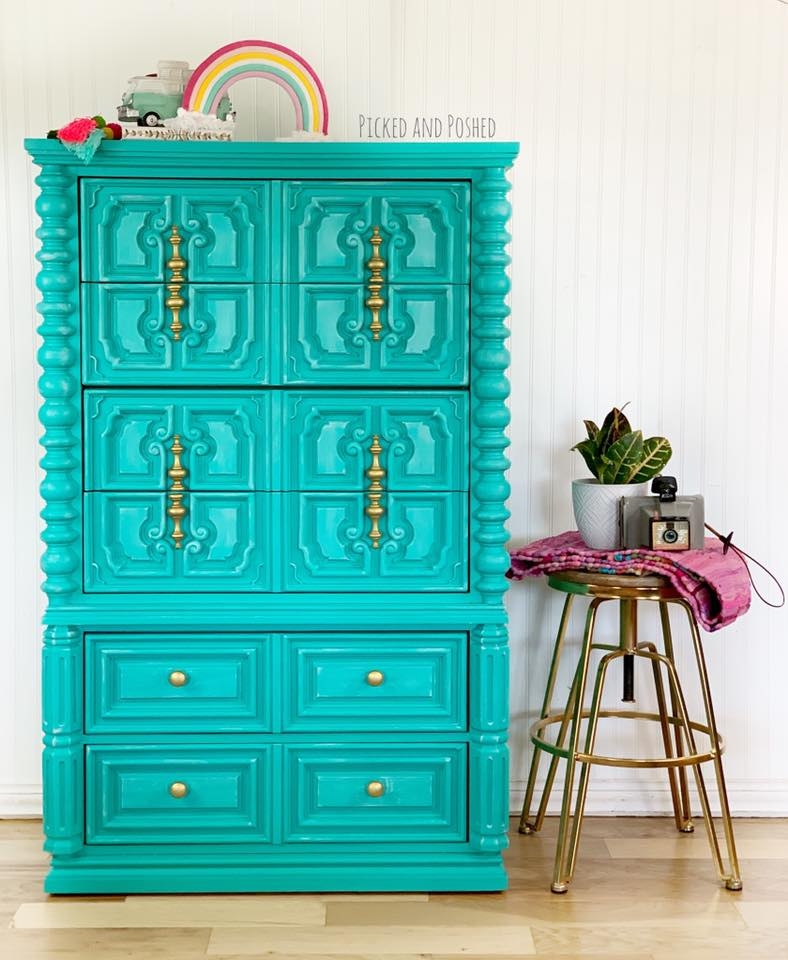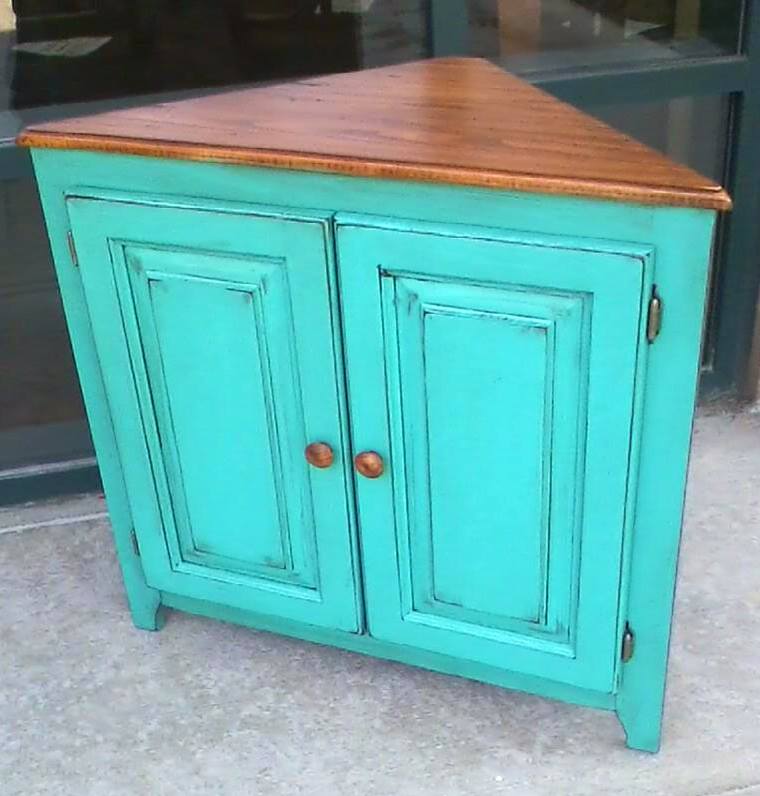


These potential shortcomings should be considered when attempting to artificially duplicate a weathering process which may take from five to seven years in coastal or industrial environments, longer in rural areas, and may perhaps never develop in some climates and atmospheres.Īrtificial patinas for architectural applications such as copper roofs, grilles, and statues have an inherent requirement which dictates that the solution has to be one which can be brushed or sprayed because of the large surface areas normally involved. In artificially producing or accelerating the formation of a patina, success seems to depend on the manner in which the solutions are applied, the weather conditions under which the treatment is carried out, and perhaps most important, on the climate to which the treated surfaces are exposed.īecause of the number of variables involved, chemically induced patinas are prone to lack of adhesion, excessive staining of adjacent materials or inability to achieve reasonable color uniformity over large surface areas. The basic chloride salts of copper are not only fairly soluble, but photosensitive as well. In seacoast locations, chloride salts may form an essential part of the patina film. Carbonate and chloride salts of copper may also be present in varying concentrations. In natural patination the major coloring agent in the film is basic copper sulfate. Because of the time required to achieve this, much research has been done on artificial patination, with varying success. It is always advisable to test JAX Green Patina in a small inconspicuous area to make sure that it does not adversely affect or damage the surface being treated.įor a more authentic look, first apply a JAX Darkener to the metal before applying the JAX Green Patina.ĭo NOT apply JAX Green Patina to hot metal or roofs ? the chemicals will simply evaporate and have little or no effect.The much admired natural protective coating of a blue-green patina characterizes older copper roofs, including ancient cathedrals as well as bronze statues and other copper metal surfaces exposed to the weather. Do not mix JAX Products with any other chemicals. Make sure to refer to the Safety Data Sheets for additional information before you begin. When you dispose of used products and containers, please do so in at an approved waste disposal facility. Contaminating the original container will seriously reduce the shelf-life of the product.Īlways use JAX Products in plastic or glass containers. Always store JAX products at room temperature, in tightly closed original containers AND in a locked, safe place. JAX products never expire, however, they can deteriorate over time if not cared for properly. Once you are happy with your finish, you may wax, oil, or lacquer the metal as a final step, although in many cases leaving the metal ?unprotected? may be desirable. We do NOT recommend applying JAX Green Patina by dipping your metal into JAX Green Patina. Unlike the JAX Blackeners and Darkeners, the JAX Green Patina does NOT work instantaneously. Brush the patina onto the metal until a dull film appears.? The appearance of the film indicates that the patina has adhered to, and is reacting on the metal.? Additional coats may be applied.? Allow each coat to thoroughly air-dry (24 hours) between coats is recommended. Use a stiff bristle brush and apply the JAX Green Patina directly to the metal. To be safe, eye protection is always recommended. Wearing gloves is highly recommended as to not introduce oils from your hands to the metal. Regardless of what you use to clean your metal, we recommend using Dawn Dishwashing Liquid as the final step before applying the JAX Green Patina.

Your choice of cleaner depends on what you are trying to remove from your metal. JAX manufactures metal cleaners that are optimal for prepping your metal, but there is no one cleaner that will guarantee perfection. To ensure the best results, clean your metal of all lacquer, oil, grease and wax. Prepare and clean the surface to be treated.JAX Green Patina for Brass, Bronze and Copper


 0 kommentar(er)
0 kommentar(er)
